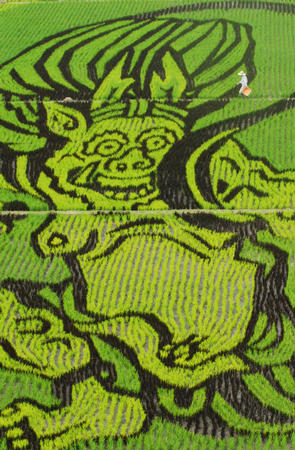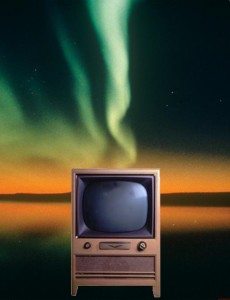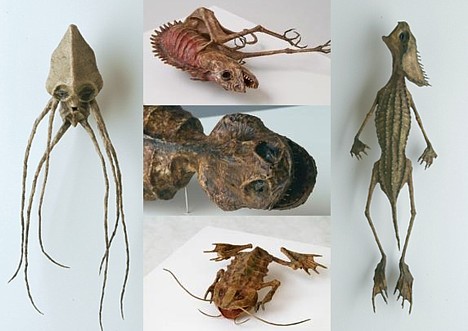Recently Japan has seen a dramatic increase in the number of news reports concerning foreign turtles on the loose. Hardly a day passes without a reported capture, leaving one with the impression the country is under full-scale invasion by an army of rogue turtles. The culprits are predominantly common snapping turtles (Chelydra serpentina) and alligator snapping turtles (Macroclemys temminckii), both of which find their way from the Americas to Japan as pets. Authorities are responding aggressively, incarcerating the miscreant terrapins and publishing their mugshots in the media. The photo below shows some of the most recent detainees.

Left (top to bottom): Common snapping turtle captured in Tsuyama (Okayama prefecture), alligator snapping turtle captured in Ueno Park (Tokyo), alligator snapping turtle captured in Tomigusuku (Okinawa)
Center (top to bottom): Common snapping turtle captured in Kameyama (Mie prefecture), common snapping turtle captured in a kindergarten swimming pool in Kobe, alligator snapping turtle captured 30 meters offshore at Nagasaki Seaside Park
Right (top to bottom): African spurred tortoise (Geochelone sulcata) captured in Nabari (Mie prefecture), common snapping turtle captured in Imizu (Toyama prefecture)

 A giant image of Raijin, the God of Thunder, has appeared in a rice field in the village of
A giant image of Raijin, the God of Thunder, has appeared in a rice field in the village of 



 KFC's Shinkyogoku branch is displaying three of Yamamoto's works, including a gilded folding screen depicting Colonel Sanders holding an Ito Jakuchu-style chicken and a hanging scroll featuring a can of Coca-Cola.
KFC's Shinkyogoku branch is displaying three of Yamamoto's works, including a gilded folding screen depicting Colonel Sanders holding an Ito Jakuchu-style chicken and a hanging scroll featuring a can of Coca-Cola. Researchers have developed the next best thing for would-be
Researchers have developed the next best thing for would-be 
 As writer and photographer Chizon-san (from
As writer and photographer Chizon-san (from 
 Researchers at Kyoto University have developed new semiconductor laser technology that allows the shape of beams to be tailored freely and that can output beams up to 10 times more compact than existing beams ? a development that could lead to a tenfold increase in the storage capacity of optical discs. Research results were published in the June 22 edition of British science journal
Researchers at Kyoto University have developed new semiconductor laser technology that allows the shape of beams to be tailored freely and that can output beams up to 10 times more compact than existing beams ? a development that could lead to a tenfold increase in the storage capacity of optical discs. Research results were published in the June 22 edition of British science journal